Billabong began in the 1970s as a small surfwear brand in Queensland, founded by Gordon and Rena Merchant. It quickly gained popularity, expanding into international markets and diversifying its product offerings. By the early 2000s, the brand made strategic acquisitions, including Von Zipper and Nixon, which enhanced its fashion portfolio. However, financial difficulties arose in the early 2010s, resulting in substantial losses and restructuring initiatives. In 2023, Billabong was acquired by Authentic Brands Group, leading to a renewed commitment to sustainability and quality in its fashion lines. Today, Billabong operates over 700 stores globally, firmly establishing its presence in the surf apparel industry. Explore the intriguing journey of this iconic fashion brand.
Founding and Early Years
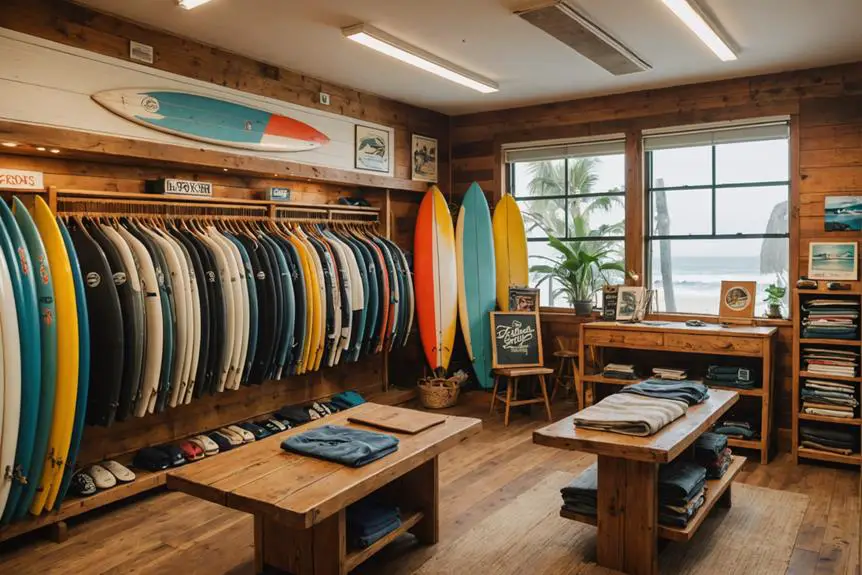
In the early 1970s, amidst the surf culture of Gold Coast, Queensland, Billabong was born from the vision of Gordon and Rena Merchant. With a focus on creating durable board shorts, the Merchants tapped into the growing demand among surfers for high-quality swimwear. They crafted the first batch of handmade board shorts, incorporating unique triple-stitching that set their products apart for durability. This attention to craftsmanship not only aligned with the rugged Australian landscape but also resonated with a community that valued quality.
Growth and International Expansion
Capitalizing on the burgeoning global interest in surfing, Billabong initiated an ambitious international expansion in the late 1980s. You'll notice that by entering markets in New Zealand, Japan, and South Africa, the brand quickly made its mark. By the early 1990s, Billabong established a direct presence in Indonesia and Europe, greatly enhancing its global footprint.
The company's IPO in 2000 on the Australian Securities Exchange was a game-changer, allowing it to finance additional growth and acquisitions. This strategic move propelled revenues from A$225 million in 2000 to an impressive A$1.7 billion by 2011.
Billabong's aggressive acquisition strategy, including key brands like Von Zipper, Element, and Nixon between 2001 and 2009, diversified its product offerings and expanded its market reach. Additionally, partnerships with renowned surfers and sponsorship of major surf contests bolstered the brand's credibility and visibility in critical markets.
Through these strategies, Billabong not only navigated the competitive landscape of the surfing industry but also solidified its status as a global leader, thriving on the continued growth of surfing culture worldwide.
Acquisitions and Brand Diversification
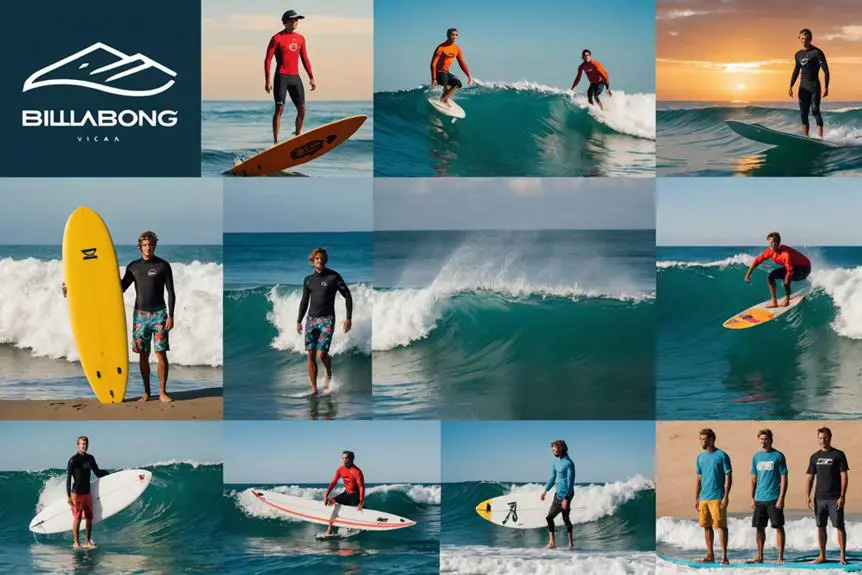
Billabong's strategic acquisitions played an essential role in shaping its brand diversification and expanding its market influence. By acquiring Von Zipper in early 2001, Billabong ventured into the eyewear segment, enhancing its appeal in the boardsports industry. Just months later, the purchase of the Element skateboarding brand solidified its position among youth culture, further broadening its product offerings.
The acquisition of Nixon Inc. in December 2005 marked a significant entry into the watches and accessories market, showcasing Billabong's intent to diversify beyond traditional apparel. In 2007, targeting the female demographic, Billabong acquired Tigerlily, enhancing its presence in the girls' market.
Additionally, the 2008 acquisitions of DaKine and Quiet Flight bolstered Billabong's brand portfolio, allowing it to capture more market segments within the boardsports industry. The acquisition spree continued with Becker Surf and Sport and RVCA in 2010, along with Surf Dive n Ski and Jerry Surf stores, which expanded Billabong's retail footprint considerably. These acquisitions not only diversified the brand but also positioned Billabong as a pivotal player in the global boardsports market.
Financial Challenges and Decline
Despite its ambitious acquisitions and growth strategies, the financial health of Billabong began to unravel in the early 2010s. By 2012, the company faced severe financial challenges that resulted in staggering losses. You might recall that Billabong's profits peaked at A$249 million in 2007, but just a few years later, it reported a loss of A$536.6 million for the December half of 2012.
| Year | Loss (A$ million) | Brand Value (A$ million) |
|---|---|---|
| 2007 | 0 | 1,200 |
| 2012 | 536.6 | 90 |
| 2013 | 859.5 | 90 |
| 2014 | – | – |
Trading was halted in February 2012 due to a A$776 million takeover offer from TPG Capital, underscoring Billabong's precarious position. Major restructuring efforts followed, leading to the closure of up to 150 stores and the loss of 400 jobs to cut operational costs. In a desperate attempt to alleviate debt, the company sold 48.5% of the Nixon brand for US$285 million, highlighting its decline and diminished brand value.
Restructuring and Turnaround Efforts
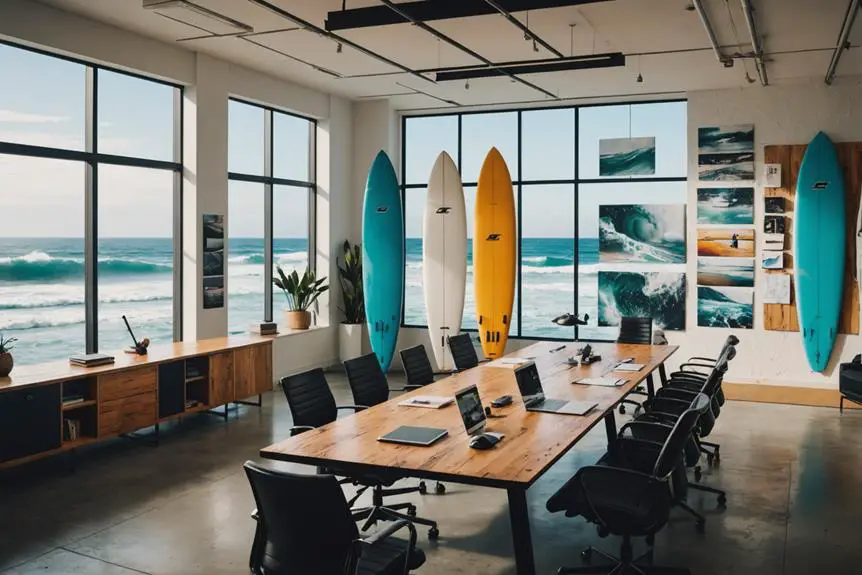
In the wake of staggering financial losses, an extensive restructuring strategy was essential for Billabong to regain its footing. The company reported a significant loss of A$859.5 million in the fiscal year 2013, which prompted drastic actions. As part of its restructuring plan, Billabong closed up to 150 retail outlets and laid off 400 employees to cut operational costs and reduce crippling debt.
The turmoil began in 2012 when trading was halted due to a A$776 million takeover offer from TPG Capital. This increased scrutiny led to a need for a solid turnaround strategy. A major milestone in this effort was the sale of 48.5% of the Nixon brand, raising US$285 million to alleviate some of the debt burden.
Recent Developments and Acquisitions
The restructuring efforts laid the groundwork for a new era at Billabong, leading to significant developments in recent years. In April 2023, Authentic Brands Group acquired Boardriders, Inc., which includes Billabong, for US$1.25 billion. This acquisition marked a strategic shift aimed at enhancing the brand's market positioning within the competitive surf industry.
Since achieving profitability in 2014, Billabong has aggressively pursued acquisitions to expand its influence. Notable purchases, such as Von Zipper in 2001 and Nixon Inc. in 2005, have played a vital role in bolstering its portfolio. The acquisition of RVCA in 2010 further solidified its presence in the global boardsports market.
Post-acquisition, Billabong has concentrated on brand revitalization, seeking to reconnect with its core audience and attract new customers. By focusing on innovative marketing strategies and product offerings, the brand aims to enhance its overall profitability. The recent developments under Boardriders' ownership position Billabong for a competitive advantage, ensuring its legacy continues in the evolving landscape of the surf industry.
Billabong's Market Position Today
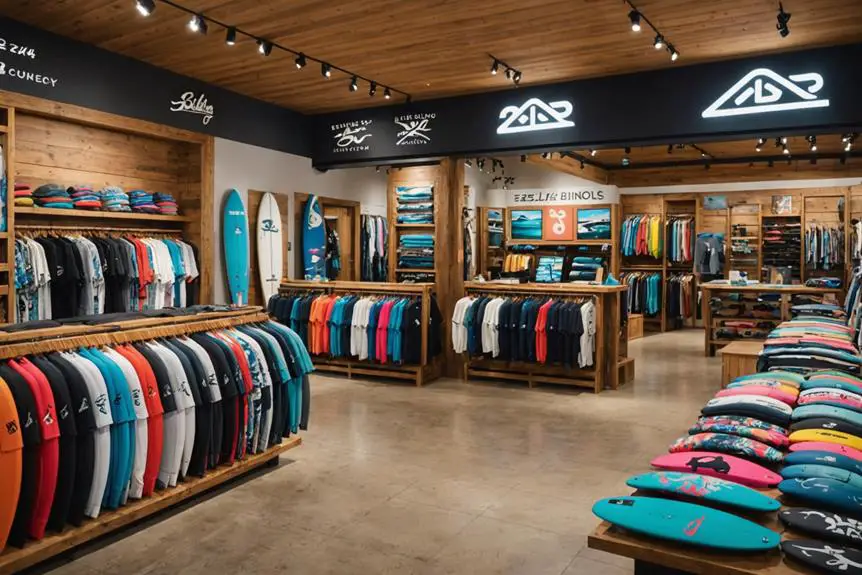
With over 700 stores spanning 100 countries, Billabong has firmly established itself as a key player in the global surf apparel market. Specializing in quality products like wetsuits and boardshorts, the brand caters to not just surfers but also skateboarders and snowboarders. Since its acquisition by Boardriders, Inc. in 2018, Billabong has enhanced its market position within the competitive surf industry, reporting impressive sales of $572.31 million that year. This acquisition allowed for brand revitalization, enabling Billabong to leverage resources and expertise from its parent company.
In addition to boosting sales, Billabong has committed to sustainability initiatives, addressing environmental concerns with innovative materials such as CICLO® fibers and YULEX natural rubber. These efforts resonate well with consumers increasingly prioritizing eco-friendly practices. Moreover, Billabong's international licenses expand its reach, allowing the brand to tap into diverse markets while promoting its core values of quality and sustainability. Overall, Billabong's strategic moves and focus on innovation position it strongly in the global surf apparel market, ensuring its relevance and competitiveness for years to come.
Frequently Asked Questions
Why Is It Called a Billabong?
It's called a billabong because the term reflects a seasonal creek in the Australian landscape. This name embodies the connection to nature, water, and the laid-back, adventurous spirit of surfing culture you appreciate.
What Is the History of Billabong and Quiksilver?
You'll find that Billabong and Quiksilver both emerged in the surfwear industry, growing through innovative designs and strategic expansions. Their stories intertwine, especially after Billabong's acquisition by Quiksilver's parent company, Boardriders, Inc.
Who Owns Billabong Now?
Billabong's currently owned by Boardriders, Inc., which also owns Quiksilver, Roxy, and DC Shoes. This acquisition aims to revitalize the brand while enhancing its global reach and focus on surf culture and lifestyle products.
When Was Billabong Most Popular?
You'll find Billabong was most popular in the 1990s, when its brand recognition soared in surfing culture. The launch of major events and international expansion solidified its status as a dominant player during that era.
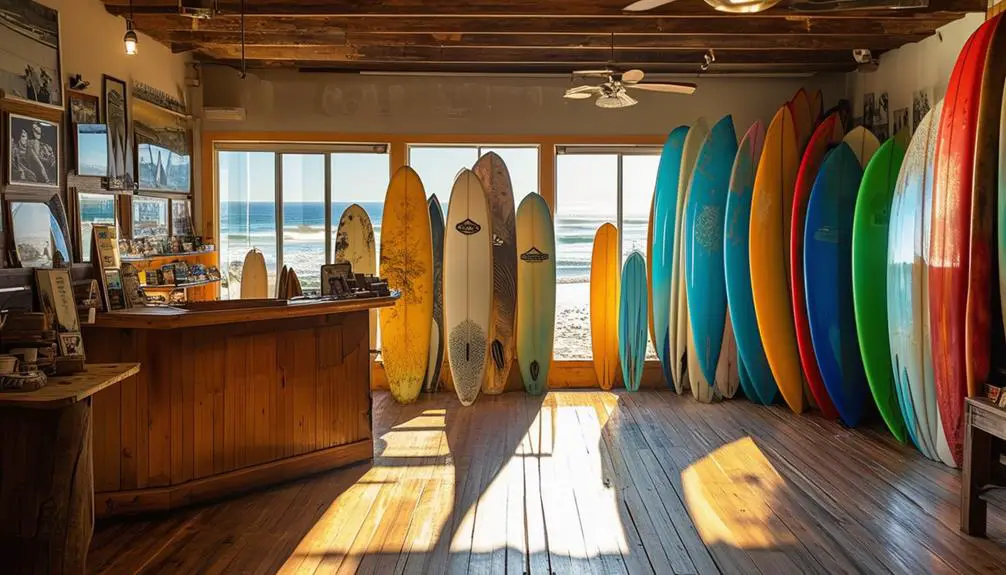

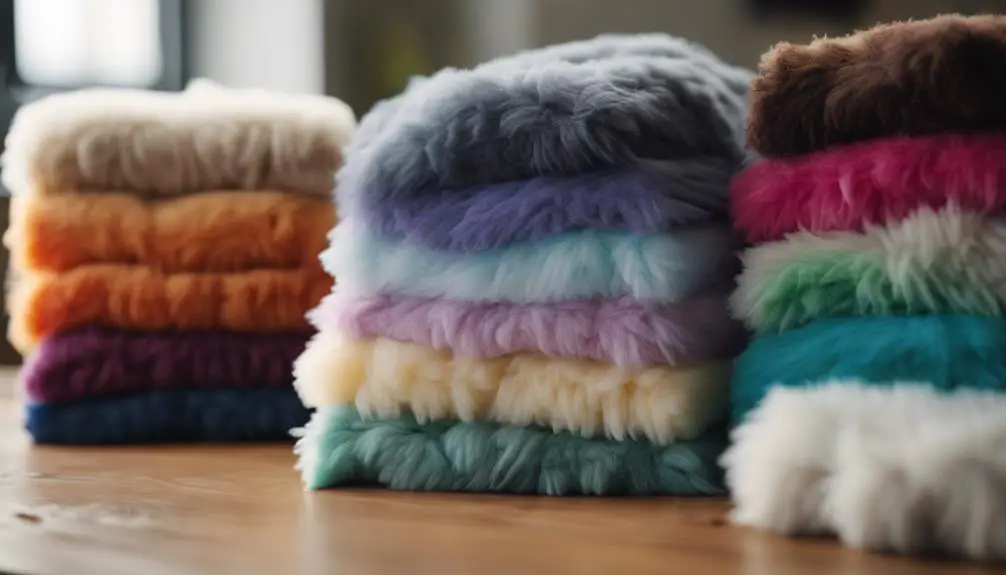


Host memorable parties with Party Bus Rental Miami. From Miami Stag Party Bus Rental to Miami Birthday Party Bus, we offer unmatched luxury. Enjoy top-tier Miami Party Bus Services for weddings, kids’ birthdays, or nightlife adventures.
Thanks a lot! Quite a lot of stuff!
webpage
Thank you. I appreciate it.
casino en ligne
You said it perfectly..
casino en ligne
Thanks a lot, I like it!
casino en ligne
Nicely put. Cheers!
casino en ligne
Many thanks, Lots of posts!
casino en ligne
Thanks a lot, I like this.
casino en ligne
You said it adequately..
casino en ligne
Awesome knowledge, Kudos.
casino en ligne
You actually said that perfectly!
casino en ligne
Can you be more specific about the content of your article? After reading it, I still have some doubts. Hope you can help me.
Thank you for your sharing. I am worried that I lack creative ideas. It is your article that makes me full of hope. Thank you. But, I have a question, can you help me? https://www.binance.info/ES_la/register?ref=T7KCZASX